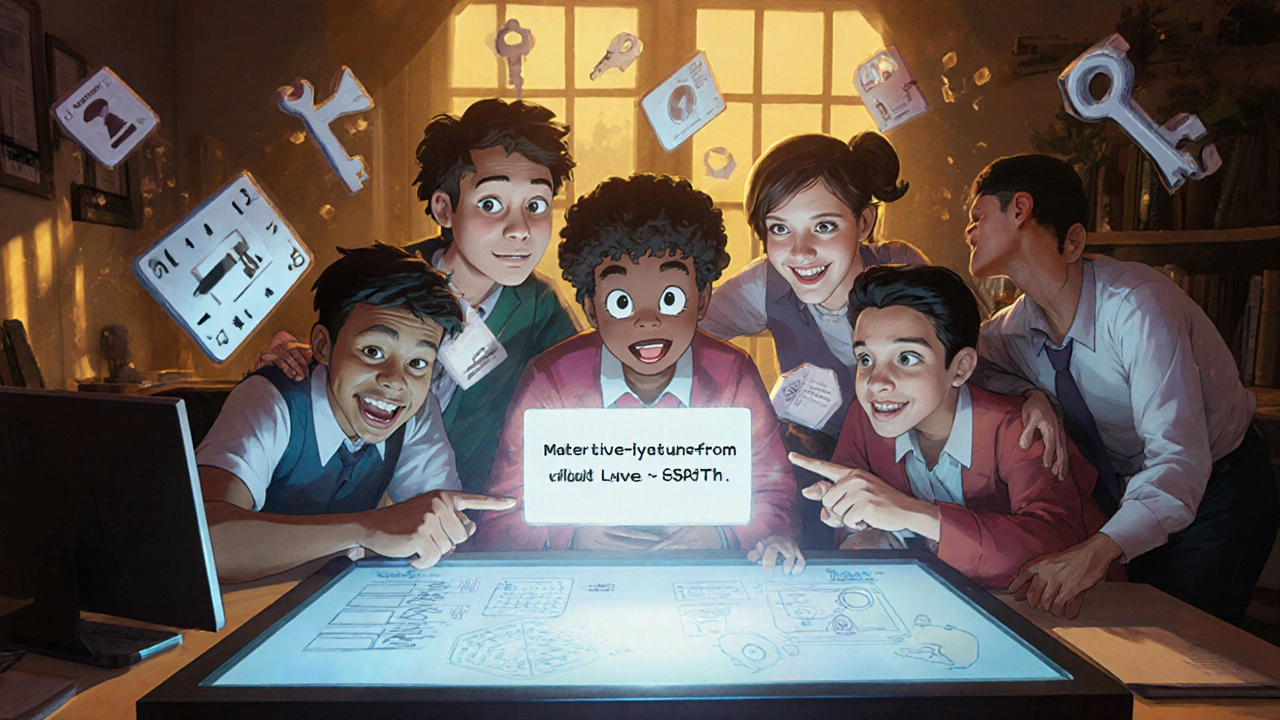Puzzle-Based Learning: How Gamified Challenges Build Real Trading Skills
When you learn trading through puzzle-based learning, a method that uses challenges, patterns, and problem-solving to teach complex skills. Also known as game-based learning, it’s not about memorizing rules—it’s about figuring out what works when the stakes feel real. Think of it like learning to drive by navigating a winding road instead of just reading a manual. You don’t remember the gear shifts—you remember how the car responded when you turned too fast, or braked too late. That’s the power of doing, not just listening.
Puzzle-based learning works because your brain is wired to solve problems. In trading, that means turning abstract ideas like support/resistance, risk-reward ratios, or candlestick patterns into interactive challenges. You’re not just watching a video on stop-losses—you’re given a simulated trade, told your account balance is $10,000, and asked: Where do you place your stop? What happens if price reverses? What’s your exit if it goes your way? The answer isn’t in a textbook—it’s in the feedback you get after each decision. This approach ties directly to gamification in education, using game elements like points, levels, and immediate feedback to boost engagement. It’s why badges and leaderboards in courses stick—because they mimic the dopamine hits of solving a hard puzzle. And it connects to active learning, a method where learners do, test, and reflect instead of passively consuming content. You don’t learn to trade by scrolling. You learn by trying, failing, adjusting, and trying again.
This isn’t theory. Real traders who use puzzle-based methods report faster confidence gains, better emotional control, and fewer impulsive moves. Why? Because they’ve already felt the tension of a losing trade in a safe environment. They’ve solved the puzzle of when to walk away, when to double down, and when to wait. The skills you build here—pattern recognition, risk assessment, decision speed—aren’t just for trading. They’re for thinking clearly under pressure, anywhere.
Below, you’ll find guides that show exactly how these methods are built into real courses: how to design trading simulations that feel like games, how to turn market data into solvable puzzles, and how to use feedback loops so you actually remember what you learn. No fluff. No lectures. Just the tools that help you think like a trader—not just study one.

How Escape Rooms and Interactive Puzzles Boost Engagement in Online Courses
Escape rooms and interactive puzzles transform online learning by turning passive content into active challenges. Studies show they boost retention, engagement, and real-world problem-solving skills in courses across subjects.